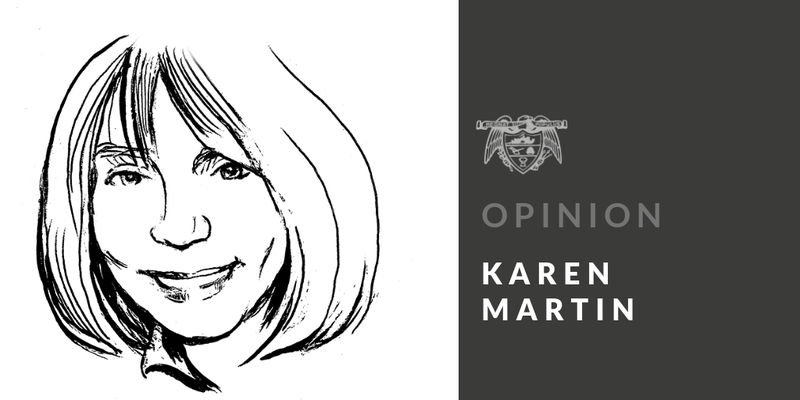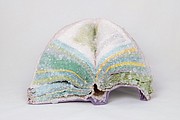When I learned that an exhibition on the role of crystals throughout history was opening in October at Crystal Bridges Museum of American Art, I thought, oh, that's nice. A namesake mineral, lots of sparkly arrangements of pretty rock-like formations--not exactly the sort of display I'd expect from such a sophisticated and depth-diving institution, but pleasant nonetheless.
I should have known from experience with this exceptional museum that Crystal Bridges wasn't about to leave it at that.
It's true that Crystals in Art: Ancient to Today offers glittering specimens straight out of the ground (many from Jessieville, Mount Ida, Hot Springs, and Fisher Mountain, where multiple dig-your-own mines are in operation), along with 75 works of art and relics from ancient Egypt to modern times.
But since the museum makes it clear that its goal here is to reveal themes in the history of crystals, among them science and religion, art and medicine, and beauty and transformation, there's much more--glittering tentacles reaching out in all sorts of directions.
The display space is dimly lit, with skillfully aligned spotlights that make the most of the uniformly latticed surfaces on natural as well as delicately carved and manipulated crystals. The subdued lighting gives the exhibition a somber, ethereal quality.
Lauren Haynes, curator of contemporary art at Crystal Bridges and curator of visual arts at the Momentary (Crystal Bridges' soon-to-open multi-disciplinary space for visual and performing arts), took pains to explain during a press preview how the exhibition is organized into five sections, each focused on different aspects of crystal.
I paid close attention during a press tour of the the first few sections (Sacred and Transcendent, Crystal Extravagance, and Science and Mysticism), then missed her introductions to the remaining sections because I became transfixed while studying the displays before me.
Among the most intriguing: Alexis Arnold's Crystallized Books series (ornately described by the artist as addressing the materiality versus the content of a book; the crystals remove the text and solidify the books into aesthetic non-functional objects, allowing them to become artifacts or geologic specimens imbued with the history of time, use, and memory), Marina Abramovic's Self Portrait with Quartz Crystal and Dozing Consciousness, a seven-minute video of a woman's face emerging from crystals around her, Cindy Sherman's photograph as a kabuki mime staring into a mirrored ball, an engraved statuette of Venus from 100 BC, and an enchanting assortment of snuff bottles, two to three inches tall.
Those who come to see pretty twinkling things won't be disappointed. There are 10 crystal specimens, including The Holy Grail, a five-foot-tall quartz crystal weighing in at 1,500 pounds that was mined in 1931 near Hot Springs. Dominating the chamber that's dubbed Crystallic Form and stunningly displayed for maximum effect, it's likely to convince naysayers that there's something to all this mystical power business that crystals are considered by some to exude.
Practical information is transmitted via two large wall panels that explore physical and geologic properties of crystal that have made contributions to science and technology (think quartz watches) and more puzzling properties such as healing and spiritualism associated with contemporary new age practices.
And although I couldn't quite relate to the connection, I enjoyed viewing unique works by the likes of Andy Warhol, Ai Weiwei, Olafur Eliasson, Judy Chicago and Pablo Picasso that are included because they employ the physical properties of the mineral via Crystal Cubism.
The exhibit is a bold adventure in expanding past American art into a broader deeper territory of crystal and its roles across the world. The exhibition also allows the museum to show off these works in Arkansas, the only location in North America where large-scale mining of quartz crystals takes place.
It's a new way of seeing, our tour guide told us, meant to inspire more conversations.
Tickets to the exhibition (continuing through Jan. 6) are $12; free for members and youth ages 18 and younger. If you go, bring an open mind.
Karen Martin is senior editor of Perspective.
kmartin@arkansasonline.com
Editorial on 11/10/2019

